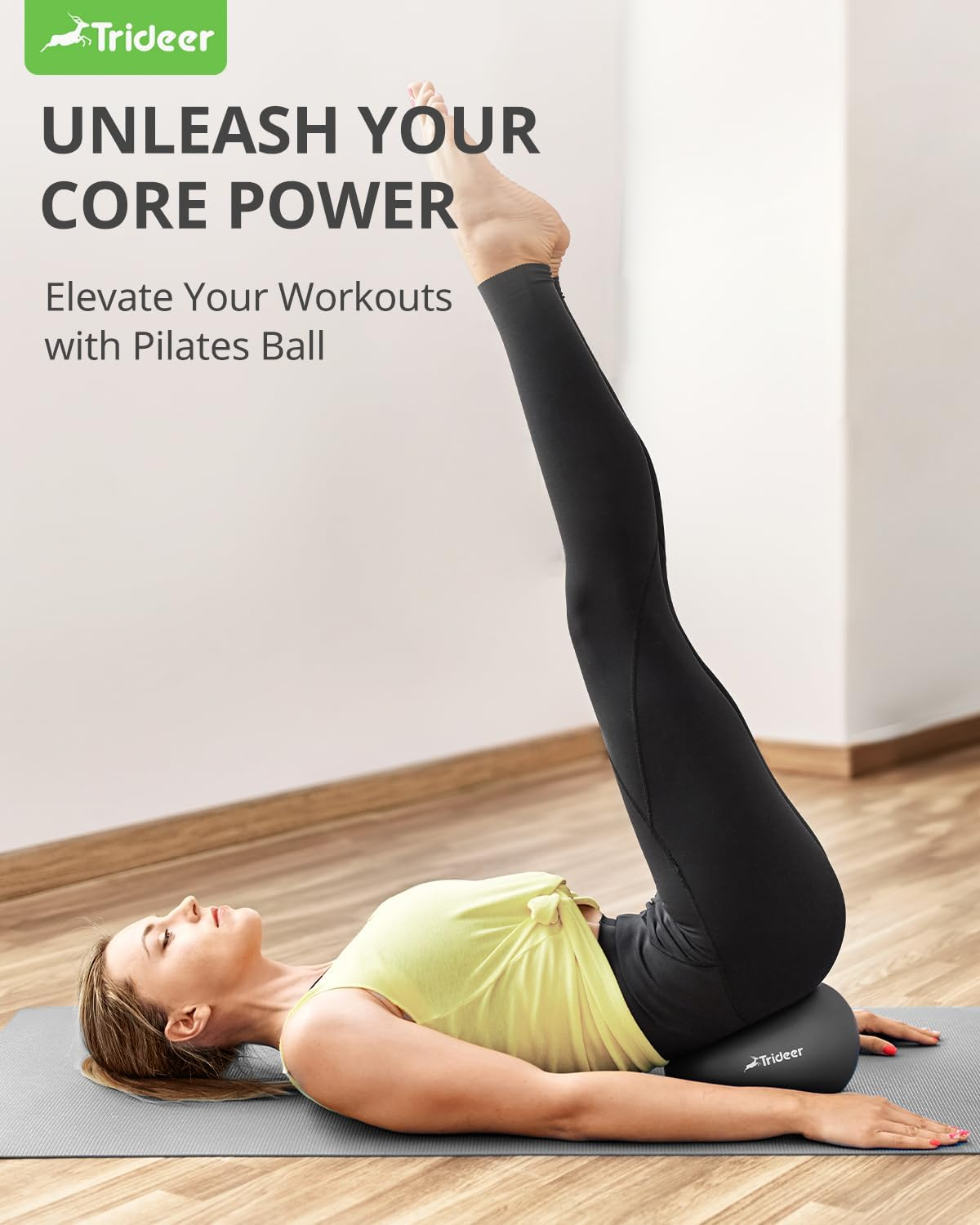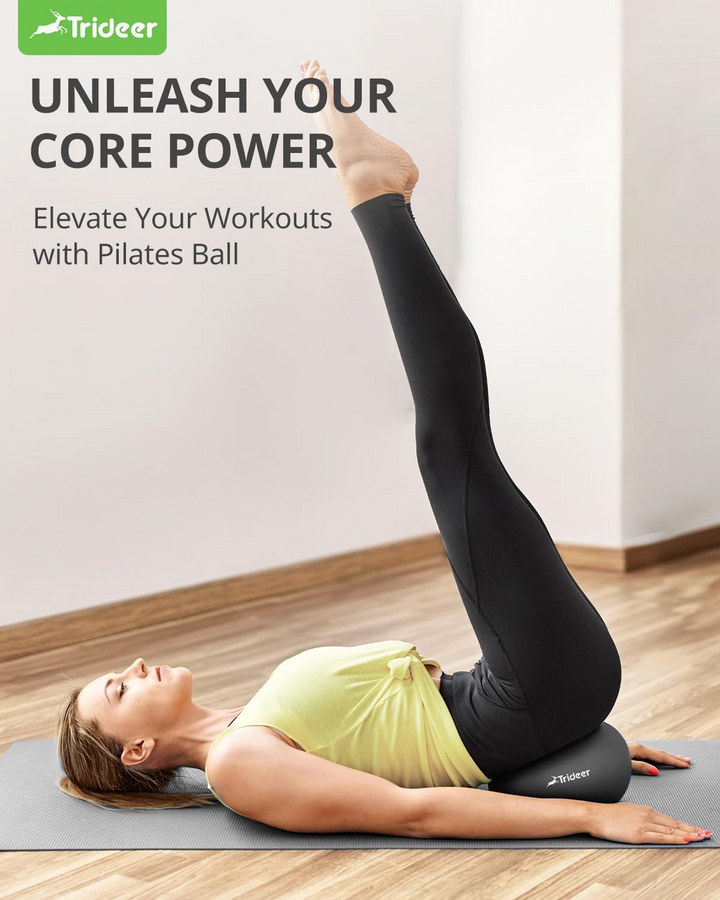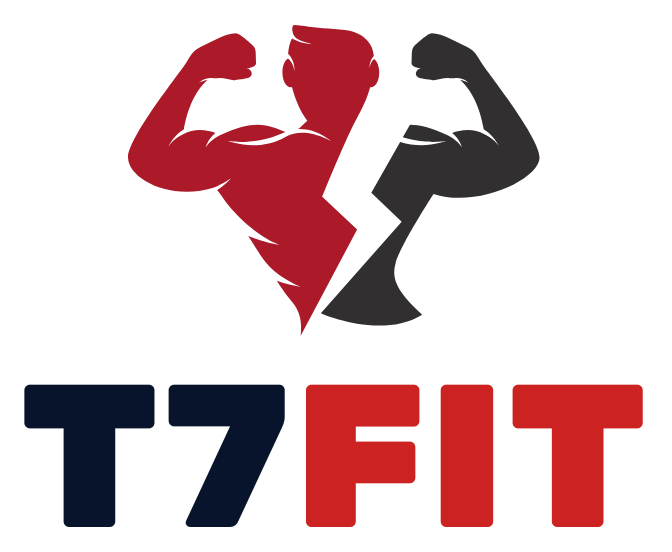A gym belt supports the core muscles and promotes proper lifting form. It helps prevent back injuries during heavy lifts.
A gym belt, also known as a weightlifting belt, is an essential piece of equipment for athletes and fitness enthusiasts who engage in heavy lifting. It provides the necessary support to the lower back and abdomen, bracing the core and encouraging better posture throughout exercises.
Weightlifters and powerlifters commonly use gym belts to stabilize their midsection and reduce the risk of strain or injury during squats, deadlifts, and overhead presses. By ensuring a tight fit around the waist, the belt acts as a physical reminder to maintain proper form, which is crucial for both performance and safety. The use of a gym belt also allows lifters to confidently increase the intensity of their workouts, potentially leading to improved strength gains and muscle development.

Credit: www.facebook.com
Introduction To Gym Belts
Gym belts are essential tools for fitness enthusiasts and weightlifters. These belts support the back and help users to safely lift heavy weights. Understanding the role and functionality of gym belts can boost your workout effectiveness and prevent injuries.
Common Misconceptions About Gym Belts
Many people believe gym belts weaken the core or are only for heavy lifters. This isn’t true. Gym belts actually provide stability and remind you to keep proper form. They help both beginners and professionals alike.
Types Of Gym Belts And Their Purposes
Gym belts come in various types, each designed for specific activities. Below is a rundown of the common varieties.
- Weightlifting Belts: Sturdy and wide, these belts are perfect for heavy lifting.
- Powerlifting Belts: Uniformly thick, they provide maximum support during squats and deadlifts.
- Nylon Belts: Flexible and comfortable, suitable for a range of exercises.
Gym Belts In Action
Gym belts spark curiosity and debate in fitness circles. They’re spotted on athletes attempting personal bests and on individuals who are just starting their strength-training journey. Let’s explore how these belts support and enhance workouts, and dive into the science behind lifting with a belt.
How Gym Belts Enhance Your Workout
Gym belts do more than just make a statement; they play a critical role in your workout performance and safety. Here’s how:
- Safeguard your lower back by increasing intra-abdominal pressure.
- Improve your lifting posture, helping you stay upright.
- Boost confidence for lifting heavier weights.
- Reduce the risk of back injuries during heavy lifts.
With a gym belt, you can focus on form and push your limits with an extra layer of support.
The Biomechanics Of Lifting With A Belt
Lifting with a belt changes the game. Belts offer a unique advantage that goes beyond the physical.
| Action | Effect on Body | Outcome |
|---|---|---|
| Tightening the belt | Creates a wall for your abs to push against | Increases stability and power |
| Bracing your core | Ramps up intra-abdominal pressure | Supports the spine under heavy loads |
| Maintaining proper form | Aligns torso and hips correctly | Enhances efficiency and reduces injury risk |
Lifting belts create a biomechanical advantage, allowing you to lift more effectively and with better form.
Benefits Of Using A Gym Belt
Enhancing your workout routine includes using the right gear. A gym belt is such an accessory that supports and improves your exercise performance. Let’s dive into the benefits of strapping on a gym belt for your training sessions.
Increased Core Stability
The core muscles act as the center of strength for the body. A gym belt provides external support to these muscles. This support helps maintain proper posture during heavy lifting. It results in a stable and more secure core. Strong core stability is crucial for advanced moves and heavy lifting.
Potential To Improve Performance
Wearing a gym belt can unlock the potential for better lifting performance. It does this by allowing a lifter to confidently add more weight over time. Also, it teaches proper form during exercises like squats and deadlifts. This gear helps in tracking progressive overload by enabling the user to lift heavier weights safely.
Injury Prevention And Safety
The safety a gym belt offers is paramount. It reduces stress on the lower back while the user is lifting in an upright position. It also prevents over-extension or over-flexion of the spine. Safety through injury prevention means longer, sustainable, and more effective workouts over time.
Remember, a gym belt is a tool, not a magic solution. Proper training, technique, and use are key. With these points in mind, users of gym belts can look forward to safer, more stable, and improved lifting sessions.

Credit: trideer.com
Choosing The Right Gym Belt
Stepping into the world of fitness, a gym belt becomes a crucial piece of equipment. It promises support during heavy lifts. A perfect belt can boost performance safely. Let’s guide you through the essentials of picking the right gym belt.
Material And Build Quality
The material of a gym belt can make a big difference. Leather belts offer rigidity and durability. They are ideal for heavy powerlifting. Nylon belts provide more flexibility. They are suitable for dynamic movements.
Synthetic blends might be a budget-friendly option. They can offer both durability and flexibility. Stitching quality is also critical. It ensures the belt withstands repeated strain.
Sizing And Fit Considerations
Getting the right size gym belt is non-negotiable. It must fit snugly around the waist. A well-fitted belt will stabilize the core effectively. Check the sizing chart provided by manufacturers. Ensure you measure at the right spot on your waist for accuracy. Here are quick sizing tips:
- Use a tape measure around your waist where the belt will sit.
- Don’t rely on your trouser size.
- Consider the width and thickness for optimal support.
Adjustability is another important feature. Most belts come with buckles or lever clasps. These should allow for small adjustments.
Maintenance And Care For Longevity
To ensure gym belts last, proper care is vital. For leather belts, use a conditioner. It prevents the material from drying out and cracking. For nylon belts, a simple wipe with a damp cloth does the trick. Avoid machine washing. It can damage the belt’s integrity.
Store your gym belt in a cool, dry place. Keep it away from direct sunlight. Roll it up loosely to maintain shape. Do not fold as it can cause creases.
Best Practices For Gym Belt Usage
Engaging with the right tools for a fitness journey marks the line between progress and strain. A gym belt exemplifies this, acting not just as an accessory but as a support system for lifting. Today, we delve into how to amplify its benefits through best practices for gym belt usage.
When To Wear A Gym Belt
A gym belt isn’t for every workout. Instead, it shines during those moments of peak exertion where core stability is paramount. This means exercises such as heavy squats, deadlifts, or overhead presses can call for a belt. The belt’s role is to encourage proper posture and intra-abdominal pressure, vital for both performance and safety.
Common Mistakes To Avoid
- Over-reliance: Don’t use the belt as a crutch. Your core needs to build its own strength.
- Wearing it too tight: A belt shouldn’t inhibit your ability to breathe or move.
- Wearing it continuously: Give your body a break between sets.
- Using a belt for light weights: Save it for the heavy lifts.
Integrating A Belt Into Your Exercise Routine
Start by introducing the gym belt gradually. Use it during your most challenging sets where form and safety take precedence. Remember to keep training your core separately, as the belt is a performance tool, not a substitute for core development. Practice belted lifts once or twice a week to find your comfort zone with the added support.
| Exercise | Without Belt | With Belt |
|---|---|---|
| Squats | Warm-up sets | Working sets |
| Deadlifts | Lighter reps | Max effort lifts |
| Presses | Technique work | Heavy sets |

Credit: trideer.com
Exploring Alternatives To Gym Belts
Gym belts support your lower back during heavy lifts. What if you want to strengthen your core without one? Let’s explore effective alternatives that can offer similar or even better results.
Natural Core Strengthening Exercises
Natural core exercises build strength without extra equipment. They improve stability and can reduce the risk of injury.
- Planks – Ensure a straight line from head to heels.
- Squats – Focus on form and the depth of the squat.
- Dead Bugs – Lie on your back and coordinate opposite arm and leg movements.
Supplementary Gear And Accessories
If you prefer some support, supplementary gear can enhance your training while also protecting your body.
| Gear | Benefits | Usage |
|---|---|---|
| Weightlifting Shoes | Improved stability | During squats, deadlifts |
| Knee Sleeves | Joint warmth, support | For squats, leg workouts |
| Wrist Wraps | Better wrist stability | Pressing movements |
Frequently Asked Questions Of What Does A Gym Belt Do?
What Are The Benefits Of Wearing A Gym Belt?
Wearing a gym belt provides lumbar support, stabilizes your core, and can potentially increase performance during heavy lifts. It aids in maintaining proper posture and reducing the risk of injury by encouraging proper lifting technique.
How Does A Gym Belt Enhance Lifting?
A gym belt helps to create intra-abdominal pressure, which acts like a brace against your spine, contributing to better stability. This support can help lifters to safely handle heavier weights and increase the effectiveness of their workout.
Should Beginners Use Gym Belts For Training?
Beginners should focus on proper form and technique first. Once they start lifting heavier weights and strive for more intensive training, a gym belt can be introduced to provide additional support and help maintain spinal alignment.
When Should I Wear A Gym Belt?
You should wear a gym belt for exercises that involve heavy lifting or put significant strain on your lower back, such as squats, deadlifts, and overhead presses. It’s less necessary for low-intensity exercises or those that don’t stress the back much.
Conclusion
Understanding gym belts is key to optimizing your workout routine effectively. These belts offer crucial support, enhancing safety and performance during heavy lifts. Armed with this knowledge, you can make an informed decision on incorporating a gym belt into your fitness regimen.
Always remember, a stronger core and improved lifting technique start with the right gear. Make your choice wisely for a safer, more effective training journey.
